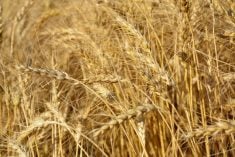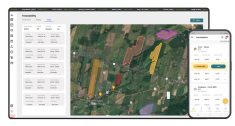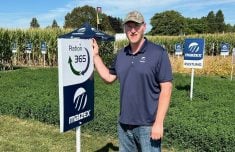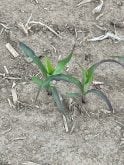Glacier FarmMedia – An American firm is developing a new type of camelina, that produces bioplastic in the seed.
Yield10 Bioscience of Massachusetts announced recently that the bioplastic in the seed could eventually be used to make biodegradable consumer products, such as Ziploc sandwich bags or bio-degradable grocery bags.
Why it matters: There’s increasing concern with the impact the vast amount of plastics used by humans has on the environment.
“It is truly exciting to reach this milestone in our effort to produce PHA bioplastic in the seeds of field-grown camelina plants,” said Kristi Snell, vice-president of research and chief science officer at Yield10 Bioscience.
Read Also
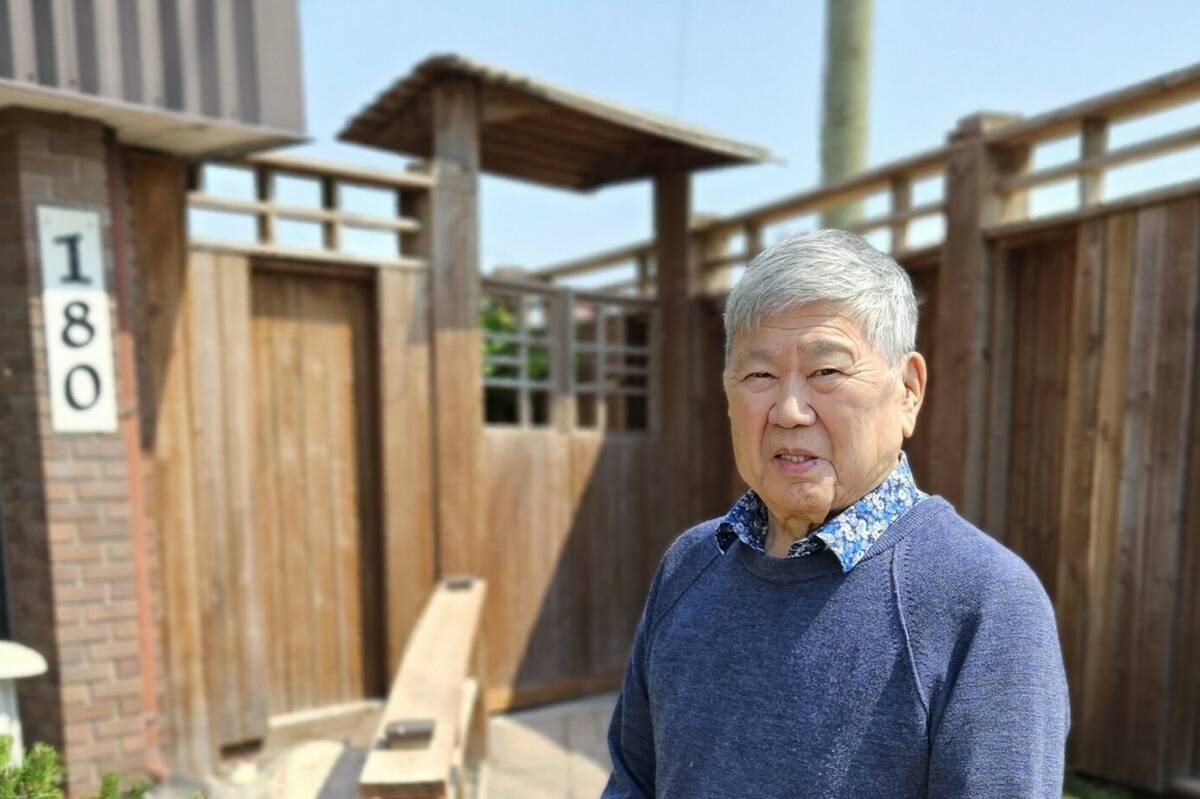
The forced Japanese-Canadian farmers of the Second World War
Manitoba’s sugar beet farms drew on displaced Japanese-Canadians from B.C. during the Second World War
Yield 10 has its headquarters in Woburn, Mass., but also has an oilseeds research centre in Saskatoon.
Using innovative techniques to achieve crop traits, the company developed camelina lines that produce PHA in the seed.
PHAs are bio-based polymer, usually made from plants or plant products. For example, Danimer Scientific, a U.S. company located in Georgia, is producing PHA polymers from canola oil.
Danimer makes its PHA in a fermentation process, where soil bacteria consume canola oil. The end product is a bioplastic powder that is combined with other biopolymers to produce biodegradable plastic resins.
Yield 10 is taking a more direct approach to make PHA.
“Production of PHA in seed, as a co-product with oil and protein meal, has the potential to enable production of PHA bioplastics on an agricultural scale at costs in line with commodity vegetable oils to drive large-scale adoption in the plastics markets,” the company said in a release.
The market for bioplastics, which are plastics produced from renewable materials instead of petroleum, is expanding rapidly. Some analysts believe the global market could be worth $20 billion by 2027.
Yield10 may have found a way to produce PHA inside a camelina seed, but that doesn’t matter if the plant cannot be grown in real world conditions.
To test its unique lines of camelina, in 2020 Yield10 tested them at Canadian and U.S. plot sites.
The PHA camelina emerged more slowly than other types of camelina, but did show good vigour, flowering and seed set.
The amount of PHA in the seed was relatively small — up to six per cent of seed weight.
That’s not a lot, considering that camelina seeds are one-quarter to one-half the size of canola.
Using the results of the plot tests, Yield10 will conduct field testing on two PHA camelina lines in 2021. The company wants to evaluate the camelina for commercial production. It will also extract the PHA from the seed for “product prototyping, sampling and business development.”
In the longer term, Yield10 scientists hope to increase the amount of PHA in the camelina seed.
“Although not essential for initial commercial launch, our … goal is to increase the PHA content of seed to about 20 per cent of the mature seed weight and combine that with advanced higher yielding, herbicide tolerant varieties currently in development to drive production costs as low as possible,” Snell said.
Besides its research on camelina, Yield10 is also working on new lines of canola with larger seed size and higher oil content.
The company used genome editing, a new tool in plant breeding, to develop its canola with higher oil content.
Yield10 will conduct U.S. field tests of its new canola in 2021.
This article was originally published at The Western Producer.







